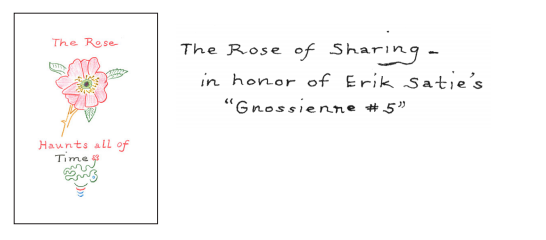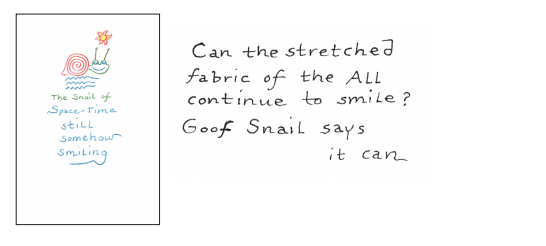!['A Book of Glyphs' by Edward Sanders [Granary Books, 2014]](http://www.artsjournal.com/herman/wp/wp-content/uploads/2014/08/glyphs-book-cover232.jpg) Granary Books has just published a facsimile edition of Ed Sanders’ first book-length work of glyphs, which he created in Florence, Italy, in 2008, using colored pencils and a small sketchbook. The publisher notes:
Granary Books has just published a facsimile edition of Ed Sanders’ first book-length work of glyphs, which he created in Florence, Italy, in 2008, using colored pencils and a small sketchbook. The publisher notes:
Though each piece stands on its own, collectively the 72 glyphs convey, with characteristic humility and humor, many of the themes Sanders has explored over his long and diverse career, including history, myth, activism and pacifism. The glyph — “a drawing that is charged with literary, emotional, historical or mythic and poetic intensity” — has been a dimension of his poetry since 1962. He cites Zen rock gardens, the markings on Egyptian tombs, and the typographic designs in John Cage’s writings as influences.
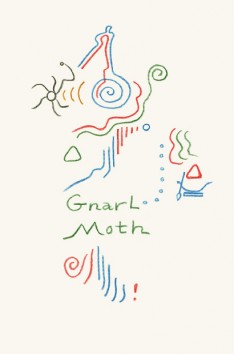
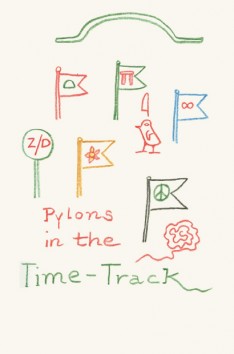
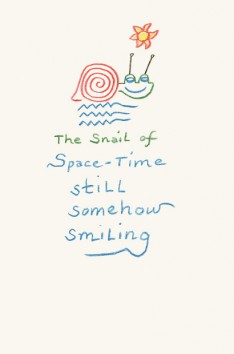
Granary Books has also posted online the author’s commentary about each of the glyphs. For example:

